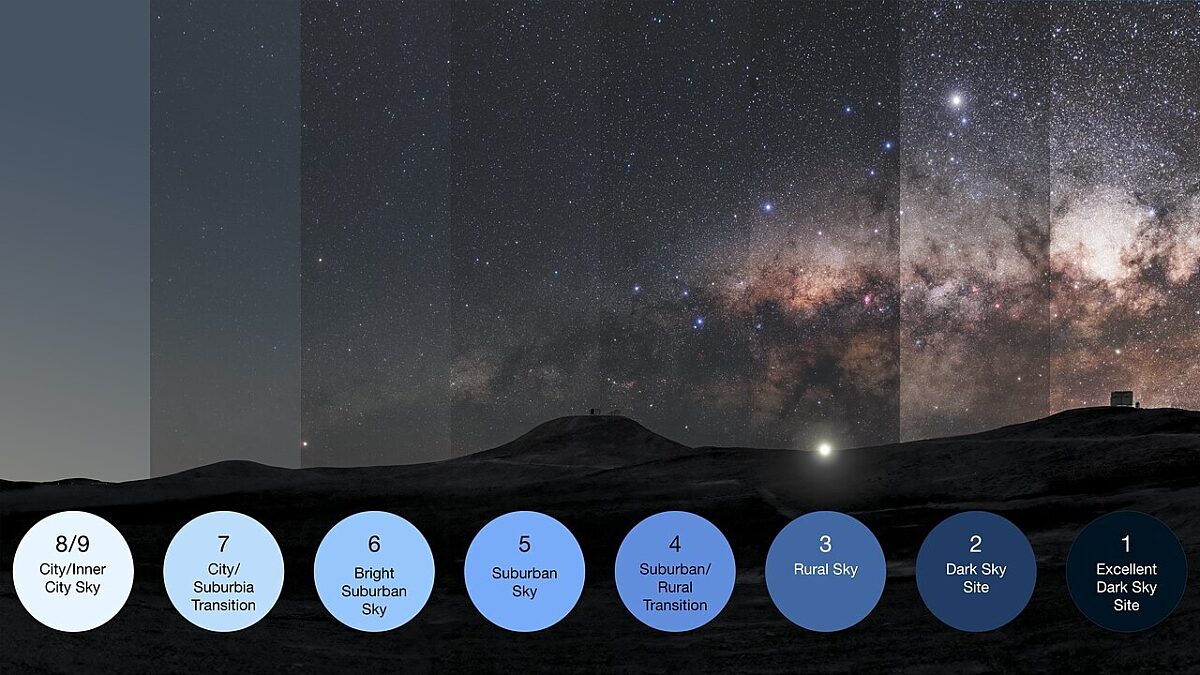Asa Stahl • Nov 19, 2024
A beginner’s guide to stargazing
No matter where you live or how much you know about space, you can spot wonders above you in the night sky. All it takes is a few basic tips to transform the twinkling lights overhead into your window to the wider Universe.

Sneak peek alert!
This article offers content from Stargazing 101, our new in-depth guide on how to explore the night sky. Stargazing 101 is available to all Planetary Society members in our digital community. Everyone from newbies to space nerds is welcome — not a member yet? Join today at planetary.org/membership.
Planets, stars, and constellations
You can spot planets like Jupiter and Saturn with a simple trick: while stars twinkle, planets usually don’t. That means if you see a bright, steady, unmoving light in the sky, it might be one of the Solar System’s more visible planets — probably Venus or Jupiter, if it looks brighter than every star in the sky. If a few stars do outshine your planet, then it’s probably Saturn or Mars instead.
On the other hand, if your light is moving steadily across the sky but still doesn’t twinkle, you might be looking at a satellite. A light that blinks is probably an airplane, and a light that streaks across the sky in a blink of an eye is probably a meteor.
Once you can pick out worlds, your next step might be spotting constellations and asterisms. An asterism is just what most people think of as a constellation: a recognizable pattern of lights in the sky, like the Big Dipper. Officially, according to the International Astronomical Union (IAU), a constellation is a little bit different. Unlike asterisms, constellations define areas of the sky, with the entire sky divided up into these different regions. Most constellations are defined around popular asterisms, so they’re easy to confuse — for instance, the constellation Ursa Major frames the Big Dipper asterism.

The IAU outlines 88 official constellations spanning the entire sky, but many cultures describe their own constellations as various patterns of stars. After all, humankind has traced shapes out of the stars for thousands of years, using them to frame stories, tell time, navigate, and make sense of the natural world.
To learn the constellations, you can use a star chart or app to identify what’s overhead. Start with constellations you can rely on as bright landmarks in different seasons, like Orion and Ursa Major in the Northern Hemisphere, or Crux in the Southern Hemisphere. As you learn more, you can gradually wean yourself off your reference guide.

The right time and place
A lot of astronomy comes down to knowing where and when to stargaze. Since lights on the ground will make the sky brighter and wash out dimmer sights overhead — a phenomenon known as light pollution — the farther away you can be from a city, the better.
No matter where you are, give yourself time for your eyes to adjust to the dark. It takes most people about half an hour to fully adapt to night vision, but only a moment’s glance at a bright light to completely reset their sensitivity to light. So, be careful! If you need to see what’s around you on Earth, use dim red lights, which will affect your night vision less.
When you stargaze is just as important as where you stargaze. Pay attention to the phase of the Moon: a near-full Moon will drastically brighten the sky and diminish what you’ll be able to see. Bad weather can also hurt your chances of seeing anything, so check the forecast before you head out. Finally, keep an ear to the ground to learn if anything particularly impressive is going to be visible soon. The Planetary Society’s weekly email newsletter The Downlink will keep you updated on night sky highlights.

No telescope, no problem
You don’t need a telescope to stargaze. Though a telescope will help you spot dimmer objects, there are plenty of bright sights to see, like the Moon, the International Space Station, and many planets and stars. Some things, like meteor showers and the Milky Way, might actually be easier to appreciate with your naked eye. The brightest features of the night sky also tend to have rich histories and mythologies.
If you do choose to stargaze through a telescope, it will unlock a whole new way to explore the Universe. A decent-sized telescope will allow you to see details of star clusters, nebulae, galaxies, the Moon, and planets, like Saturn’s rings and Jupiter’s Great Red Spot. It’s possible to buy a worthwhile beginner telescope for as low as $150 — not cheap, but not astronomical, either (sorry). And for those who want to dip a toe in before they decide to buy a telescope, binoculars offer a great first step. Even better, consider attending a local astronomy club to check out different telescopes and see what they’re like.
Take our full course!
Learn more about how to explore the night sky with Stargazing 101, our new in-depth guide on how to see the best possible views and help others fall in love with stargazing. Now available to all Planetary Society members in our digital community. Everyone from newbies to space nerds is welcome! Not a member yet? Join today at planetary.org/membership.
Support our core enterprises
Your support powers our mission to explore worlds, find life, and defend Earth. You make all the difference when you make a gift. Give today!
Donate

 Explore Worlds
Explore Worlds Find Life
Find Life Defend Earth
Defend Earth

